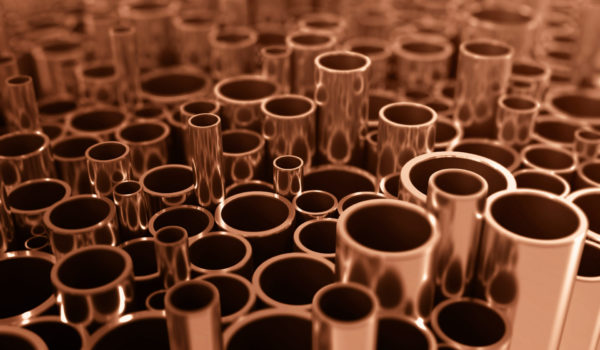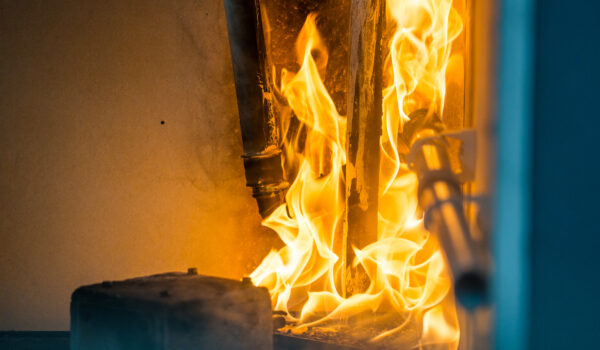When it comes to choosing the right type of pipes, it’s crucial to pick a material that isn’t going to lead to maintenance headaches.
As a mechanically strong and robust material with a natural resistance to corrosion, copper has a number of beneficial properties that make it the leading choice for plumbing installations.
But how long do copper pipes actually last? And how does their service life compare to other commonly used materials like plastic? Find out below!
A history of copper plumbing
Copper pipes have a long history of usage dating back to ancient times. Fast forward to the present day and copper is still seen as the professional choice for plumbing installations around the world.
In the UK, thousands of homes have been fitted with copper pipes, many of which were installed during post-war construction of large blocks of flats and offices.
The demand for copper piping further increased following the banning of lead pipes in 1969, with copper offering a safe and sustainable alternative for the thousands of homes that needed to have their water pipes replaced.
Along with plumbing, copper pipes have also been used increasingly in heating systems, often integrated into modern technologies like air-source heat pumps.
Today, the material remains a popular choice for new-build properties, particularly those that are focused on reducing carbon emissions by using recyclable construction materials.
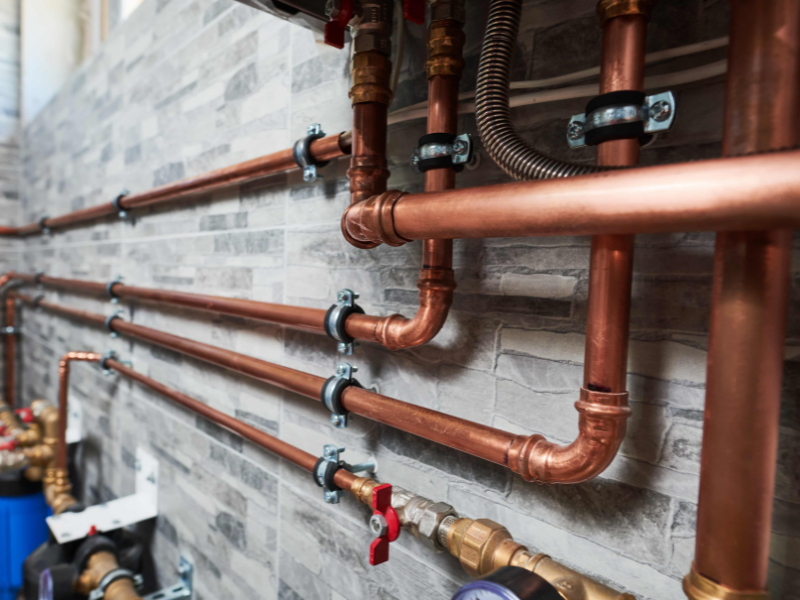
Learn more about the varied uses of copper below.
How long do copper pipes last?
Copper pipes typically have a service life of 70-80 years, though in many cases well-tended copper pipes will last even longer. Compared to other materials, copper pipes typically have a longer life expectancy, owing to their mechanical strength and natural corrosion resistance.
As a non-ferrous metal, copper does not rust, and it is also highly resistant to many other forms of corrosion. This is mainly due to the protective film, or ‘patina’, that forms on the surface through a natural reaction with oxygen.
This process means copper pipes require minimal maintenance, extending the service life of a building and saving homeowners valuable money on repairs.
Copper piping is also resistant to UV radiation, making it the perfect material for outdoor as well as indoor use.
Finally, the material’s high melting point and low thermal expansion coefficient make copper pipes resistant to fire damage.
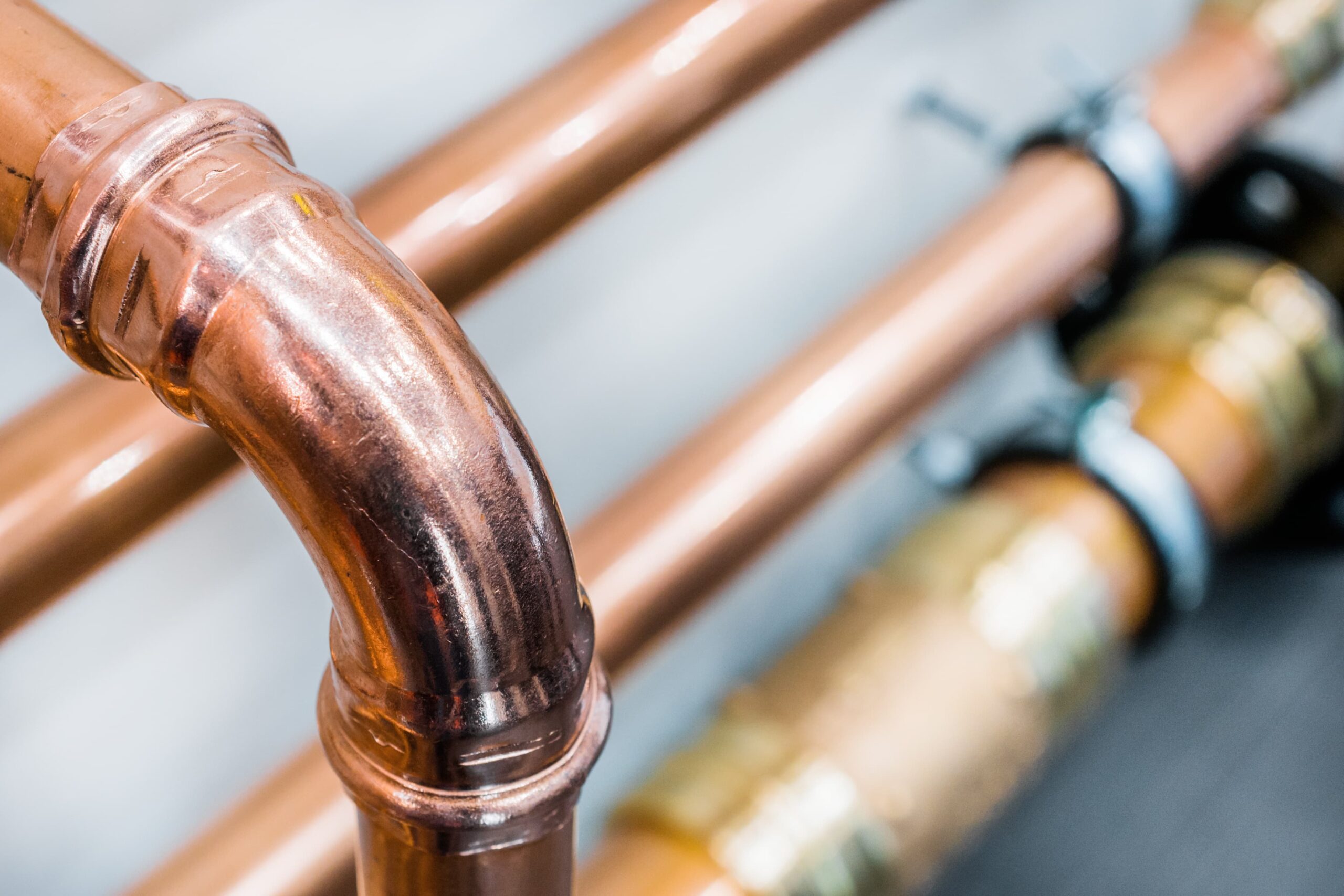
Learn more about the unique properties of copper below.
Copper vs plastic pipes: longevity
Copper pipes will generally last several decades longer than plastic pipes made from polyvinyl chloride (PVC), cross-linked polyethylene (PEX) and multi-layer composite (MLCP), which begin to decay and lose their integrity just a few years after installation.
One of the many factors for this is copper tubing’s superiority in mechanical strength, which helps it withstand excessive loading and stress, as well as knocks and accidental damage.
A report by the Copper Development Association demonstrates the maximum stress load copper and plastic tubes can withstand, with the former resistant to 200N/mm2 and 250N/mm2 for annealed tubes and half hard tubes respectively.
Meanwhile, data from the UK Government Environmental Agency shows that PVC plastic pipes show a much lower level of protection, handling just 42N/mm2 when first used and dwindling down to 25N/mm2 after 50 years of service.
Plastic pipes also perform particularly poorly when exposed to sunlight. PVC pipes are known to warp and melt at temperatures of around 60°C, while PEX pipes are restricted to solely indoor use due to the damage they can face from UV rays.
While plastic pipes become brittle when exposed to sun, copper pipes are naturally UV-resistant, ensuring they keep their shape.

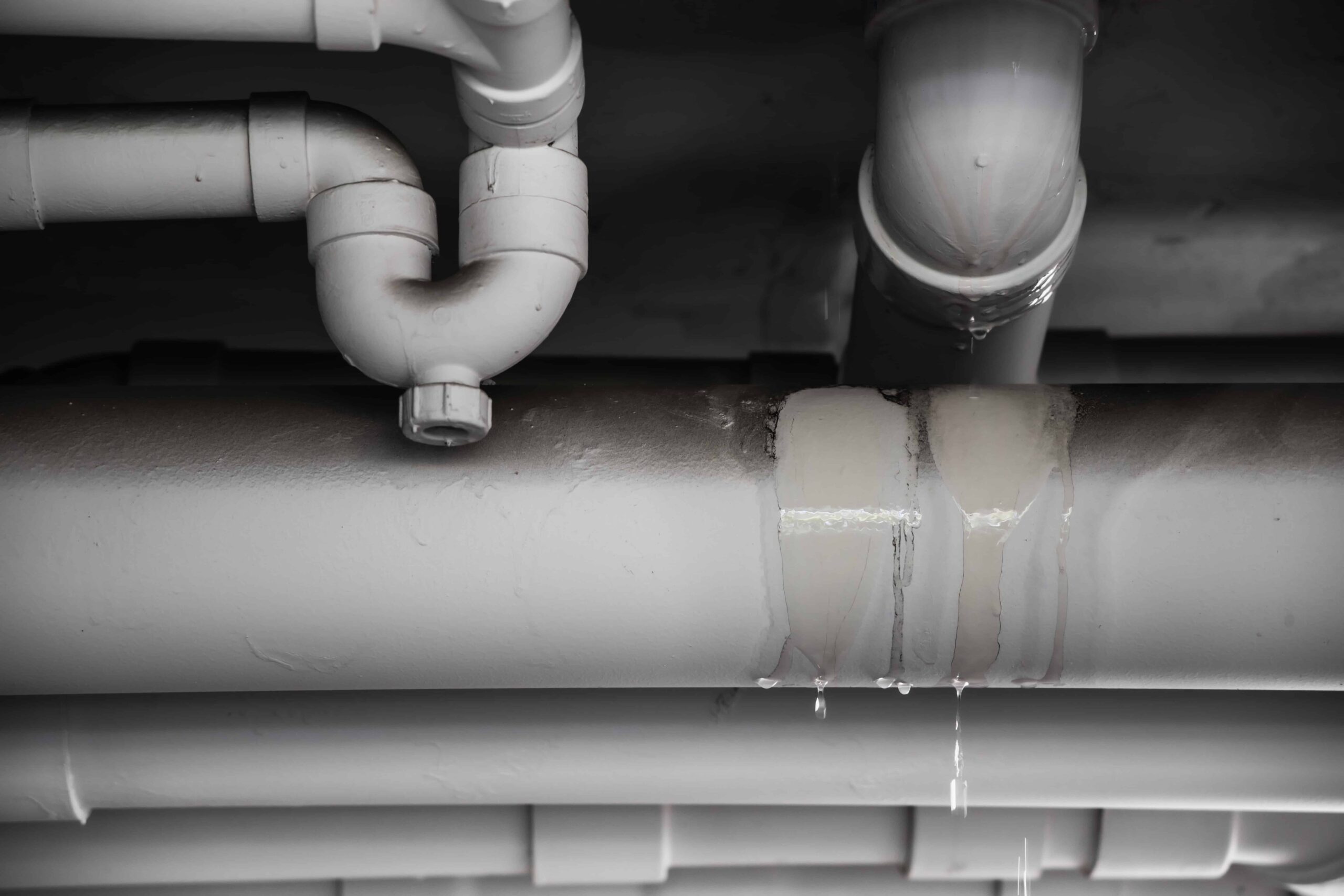
Plastic piping materials also degrade quickly as they age, as evidenced by a report from CuSP member Safe Piping Matters. Scans from the report showcase peeling and flaking of microplastics into the water carried by the pipes, posing serious health risks to users.
In addition, plastic pipes are often more prone to failure than their copper counterparts due to the requirement of additional fittings like firestops.
The number of firestopping components are doubled for plastic pipes compared to copper, increasing the complexity of the installation and the potential for failure.
Moreover, some firestopping materials are not compatible with certain plastic pipes due to the chemical additives they possess. An interaction can cause the pipe to weaken or fail prematurely during use.
Finally, the greater levels of thermal expansion in plastic materials compared to metal lead to an increased amount of unhealthy expansion and contraction when exposed to high temperatures.
This can cause the joints and fittings responsible for keeping the system intact to loosen, threatening serious structural damage not only to the pipes, but also to the surrounding building.
Research from the UK’s insurance industry cites plastic push-fit plumbing as one of the main causes of a recent upturn in escape of water claims, which are now costing insurers £2.5 million per day.
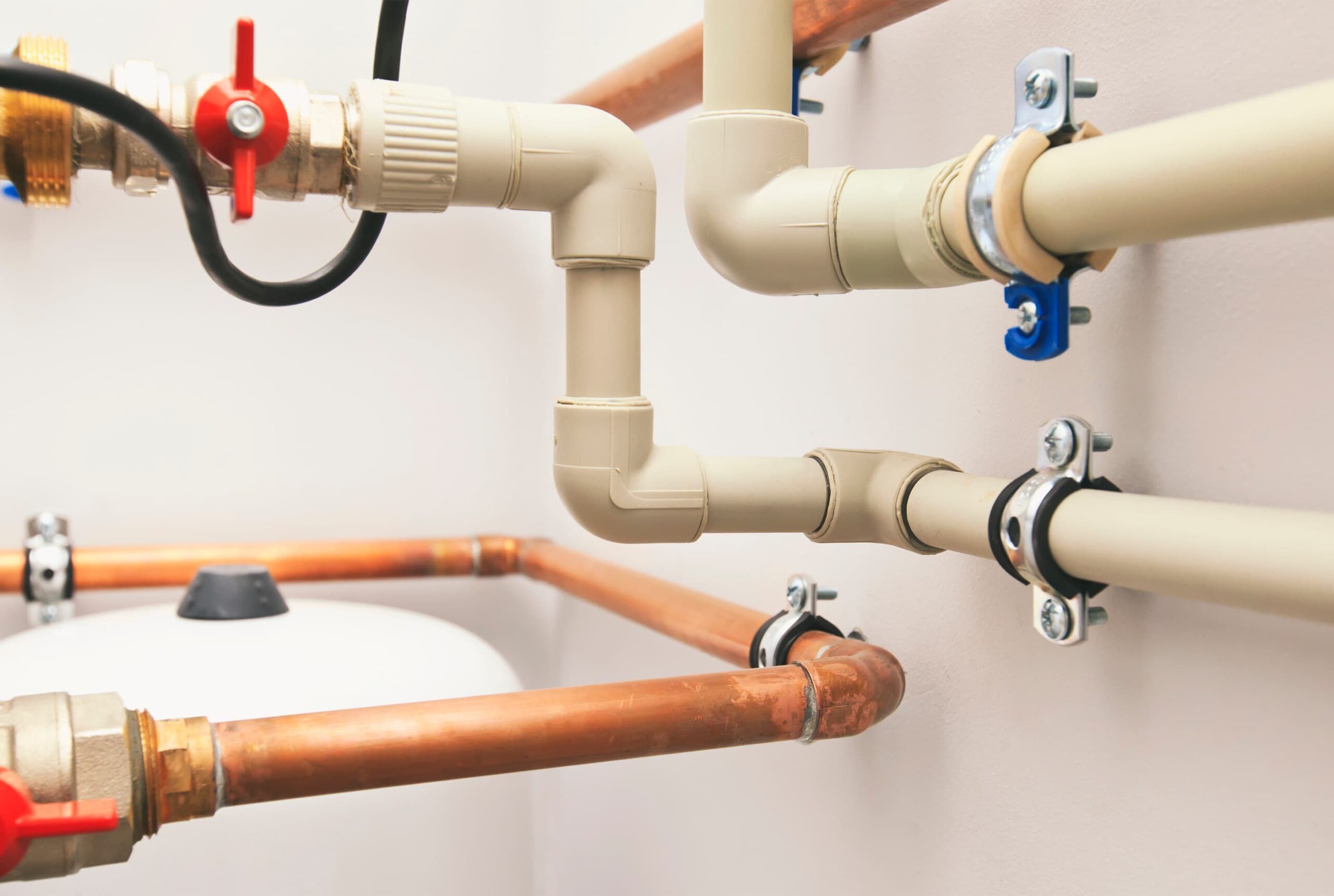
Learn more about the benefits of copper over plastic below.
Copper pipes: built to last
From early human history through to the present day, copper has a proven ability to stand the test of time.
The red metal possesses many beneficial properties over plastic piping, including corrosion resistance, mechanical strength and stronger fire safety credentials.
For homeowners looking to limit maintenance costs, copper piping is the clear and professional choice.
Want to learn more about the longevity of copper piping? Check out our other news items or subscribe to our newsletter!
